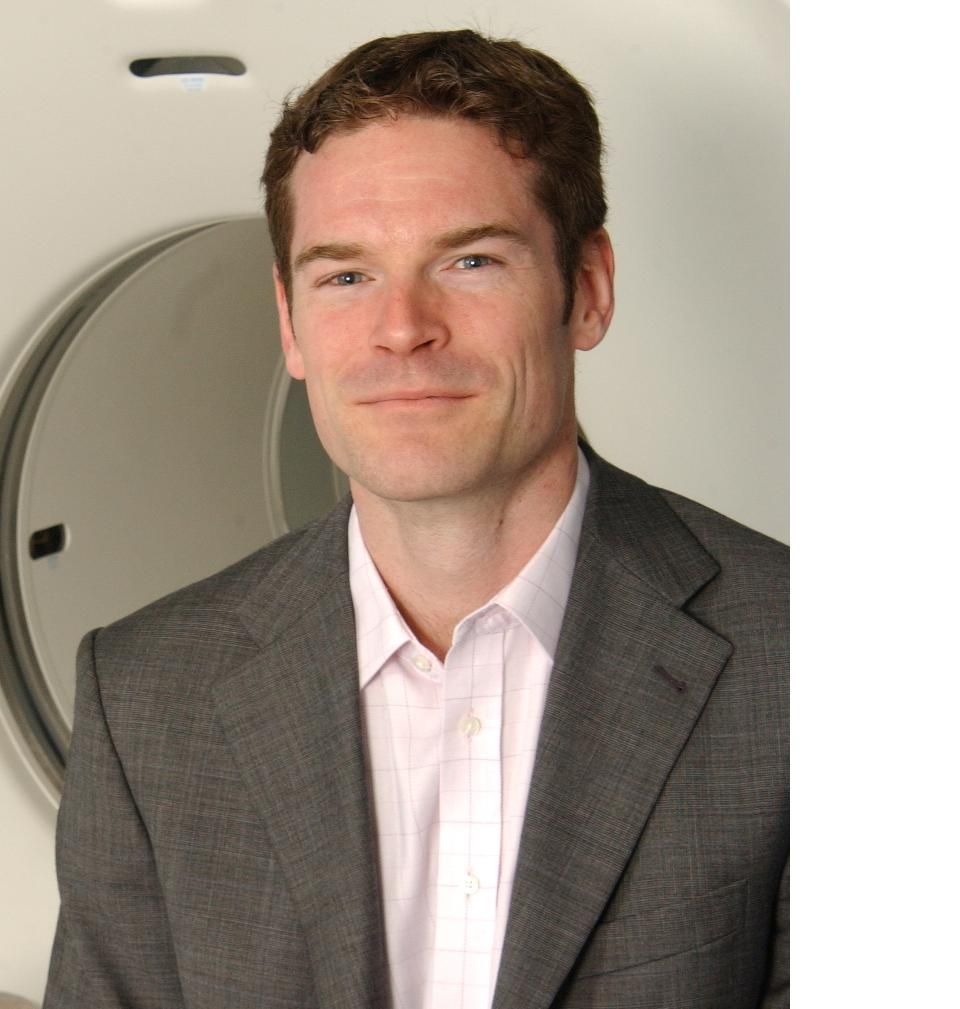User login
ORLANDO – The landscape for drug development in schizophrenia includes several new promising targets as the field tries to regain its footing after a series of disappointments in recent years, a group of experts said in a session preceding the annual congress of the Schizophrenia International Research Society.
However, the experts also expressed a sense of urgency that trial design and better patient selection have to be improved. Some recent trial failures are likely because of faulty design rather than choosing the wrong target, they said in a satellite session that was funded and organized by Sunovion Pharmaceuticals.
“The question is really critical, because we’ve seen too many major pharma [companies] completely withdraw from this field because of their costly failures,” said Herbert Y. Meltzer, MD, director of the translational neuropharmacology program at Northwestern University, Chicago. “We’ve got to get it right.”
Some of the more prominent, recent trials that were embarked on with hope only to end with unfavorable results include pomaglumetad, a metabotropic glutamate receptor agonist that tried but failed to reduce residual positive and negative schizophrenia symptoms; bitopertin, a glycine transporter 1 inhibitor, for similar symptoms; several phosphodiesterase-10 inhibitors targeting acutely exacerbated schizophrenia symptoms; encenicline, a nicotinic receptor agonist for cognition; and Lu AF35700, a dopamine-and serotonin-receptor agonist, which the manufacturer recently announced failed to reduce positive and negative symptom scores.
Chrisoph U. Correll, MD, professor of psychiatry and molecular medicine at Hofstra University, Hempstead, N.Y., said it’s possible that the phosphodiesterase-10 inhibitors could be looked at again.
“Maybe there is an approach to treat negative symptoms,” he said, adding that some trials might not have chosen patients effectively. “They may have had the wrong patients. They might have had also the wrong prior treatment and not having washed out patients enough.”
Dr. Meltzer said it’s clear to him that the encenicline trial, in particular, involved a problem of design. “There’s no way increasing cholinergic activity through the nicotinic receptor agonist is not going to improve cognition.”
He said embracing genetics is the best way forward, saying that the “shotgun approach” of the past has siphoned money and time away from more important work. “The future of the field is in the genetics – we’re going to have to get the right people into the right trials for the right drug and design them accordingly.
Oliver Howes, MD, PhD, professor of psychiatry at King’s College London, described new areas of interest in the disease pathway, ahead of the dopamine receptor, which has long been a dominant focus of research and treatment efforts.
“How might we target these upstream factors that might regulate dopamine synthesis and release capacity?” is a key research question at the moment, he said.
A drug – called SEP-363856 – that targets the trace amine-associated receptor 1, which has a role in neurotransmission, significantly improved Positive and Negative Syndrome Scale scores in phase 2 trials. Researchers are also making progress in employing parvalbumin interneurons to dampen dopamine synthesis, Dr. Howes said.
Drugmakers halted development of a drug that targeted dopamine firing regulated by the muscarinic receptors M4 and M1 because of gastrointestinal side effects. But there is renewed hope of a more refined approach that targets only M4, rather than M1, which was thought to be responsible for the effects. Some preclinical efforts have been encouraging in this regard, Dr. Howes said.
“This more selective M4 agonist,” he said, “could manipulate the dopamine system in the way that we want.”
Dr. Meltzer, Dr. Correll, and Dr. Howes reported financial relationships with Sunovion, Alkermes, Bristol-Myers Squibb, Lundbeck, Takeda, and other companies.
ORLANDO – The landscape for drug development in schizophrenia includes several new promising targets as the field tries to regain its footing after a series of disappointments in recent years, a group of experts said in a session preceding the annual congress of the Schizophrenia International Research Society.
However, the experts also expressed a sense of urgency that trial design and better patient selection have to be improved. Some recent trial failures are likely because of faulty design rather than choosing the wrong target, they said in a satellite session that was funded and organized by Sunovion Pharmaceuticals.
“The question is really critical, because we’ve seen too many major pharma [companies] completely withdraw from this field because of their costly failures,” said Herbert Y. Meltzer, MD, director of the translational neuropharmacology program at Northwestern University, Chicago. “We’ve got to get it right.”
Some of the more prominent, recent trials that were embarked on with hope only to end with unfavorable results include pomaglumetad, a metabotropic glutamate receptor agonist that tried but failed to reduce residual positive and negative schizophrenia symptoms; bitopertin, a glycine transporter 1 inhibitor, for similar symptoms; several phosphodiesterase-10 inhibitors targeting acutely exacerbated schizophrenia symptoms; encenicline, a nicotinic receptor agonist for cognition; and Lu AF35700, a dopamine-and serotonin-receptor agonist, which the manufacturer recently announced failed to reduce positive and negative symptom scores.
Chrisoph U. Correll, MD, professor of psychiatry and molecular medicine at Hofstra University, Hempstead, N.Y., said it’s possible that the phosphodiesterase-10 inhibitors could be looked at again.
“Maybe there is an approach to treat negative symptoms,” he said, adding that some trials might not have chosen patients effectively. “They may have had the wrong patients. They might have had also the wrong prior treatment and not having washed out patients enough.”
Dr. Meltzer said it’s clear to him that the encenicline trial, in particular, involved a problem of design. “There’s no way increasing cholinergic activity through the nicotinic receptor agonist is not going to improve cognition.”
He said embracing genetics is the best way forward, saying that the “shotgun approach” of the past has siphoned money and time away from more important work. “The future of the field is in the genetics – we’re going to have to get the right people into the right trials for the right drug and design them accordingly.
Oliver Howes, MD, PhD, professor of psychiatry at King’s College London, described new areas of interest in the disease pathway, ahead of the dopamine receptor, which has long been a dominant focus of research and treatment efforts.
“How might we target these upstream factors that might regulate dopamine synthesis and release capacity?” is a key research question at the moment, he said.
A drug – called SEP-363856 – that targets the trace amine-associated receptor 1, which has a role in neurotransmission, significantly improved Positive and Negative Syndrome Scale scores in phase 2 trials. Researchers are also making progress in employing parvalbumin interneurons to dampen dopamine synthesis, Dr. Howes said.
Drugmakers halted development of a drug that targeted dopamine firing regulated by the muscarinic receptors M4 and M1 because of gastrointestinal side effects. But there is renewed hope of a more refined approach that targets only M4, rather than M1, which was thought to be responsible for the effects. Some preclinical efforts have been encouraging in this regard, Dr. Howes said.
“This more selective M4 agonist,” he said, “could manipulate the dopamine system in the way that we want.”
Dr. Meltzer, Dr. Correll, and Dr. Howes reported financial relationships with Sunovion, Alkermes, Bristol-Myers Squibb, Lundbeck, Takeda, and other companies.
ORLANDO – The landscape for drug development in schizophrenia includes several new promising targets as the field tries to regain its footing after a series of disappointments in recent years, a group of experts said in a session preceding the annual congress of the Schizophrenia International Research Society.
However, the experts also expressed a sense of urgency that trial design and better patient selection have to be improved. Some recent trial failures are likely because of faulty design rather than choosing the wrong target, they said in a satellite session that was funded and organized by Sunovion Pharmaceuticals.
“The question is really critical, because we’ve seen too many major pharma [companies] completely withdraw from this field because of their costly failures,” said Herbert Y. Meltzer, MD, director of the translational neuropharmacology program at Northwestern University, Chicago. “We’ve got to get it right.”
Some of the more prominent, recent trials that were embarked on with hope only to end with unfavorable results include pomaglumetad, a metabotropic glutamate receptor agonist that tried but failed to reduce residual positive and negative schizophrenia symptoms; bitopertin, a glycine transporter 1 inhibitor, for similar symptoms; several phosphodiesterase-10 inhibitors targeting acutely exacerbated schizophrenia symptoms; encenicline, a nicotinic receptor agonist for cognition; and Lu AF35700, a dopamine-and serotonin-receptor agonist, which the manufacturer recently announced failed to reduce positive and negative symptom scores.
Chrisoph U. Correll, MD, professor of psychiatry and molecular medicine at Hofstra University, Hempstead, N.Y., said it’s possible that the phosphodiesterase-10 inhibitors could be looked at again.
“Maybe there is an approach to treat negative symptoms,” he said, adding that some trials might not have chosen patients effectively. “They may have had the wrong patients. They might have had also the wrong prior treatment and not having washed out patients enough.”
Dr. Meltzer said it’s clear to him that the encenicline trial, in particular, involved a problem of design. “There’s no way increasing cholinergic activity through the nicotinic receptor agonist is not going to improve cognition.”
He said embracing genetics is the best way forward, saying that the “shotgun approach” of the past has siphoned money and time away from more important work. “The future of the field is in the genetics – we’re going to have to get the right people into the right trials for the right drug and design them accordingly.
Oliver Howes, MD, PhD, professor of psychiatry at King’s College London, described new areas of interest in the disease pathway, ahead of the dopamine receptor, which has long been a dominant focus of research and treatment efforts.
“How might we target these upstream factors that might regulate dopamine synthesis and release capacity?” is a key research question at the moment, he said.
A drug – called SEP-363856 – that targets the trace amine-associated receptor 1, which has a role in neurotransmission, significantly improved Positive and Negative Syndrome Scale scores in phase 2 trials. Researchers are also making progress in employing parvalbumin interneurons to dampen dopamine synthesis, Dr. Howes said.
Drugmakers halted development of a drug that targeted dopamine firing regulated by the muscarinic receptors M4 and M1 because of gastrointestinal side effects. But there is renewed hope of a more refined approach that targets only M4, rather than M1, which was thought to be responsible for the effects. Some preclinical efforts have been encouraging in this regard, Dr. Howes said.
“This more selective M4 agonist,” he said, “could manipulate the dopamine system in the way that we want.”
Dr. Meltzer, Dr. Correll, and Dr. Howes reported financial relationships with Sunovion, Alkermes, Bristol-Myers Squibb, Lundbeck, Takeda, and other companies.
EXPERT ANALYSIS FROM SIRS 2019

